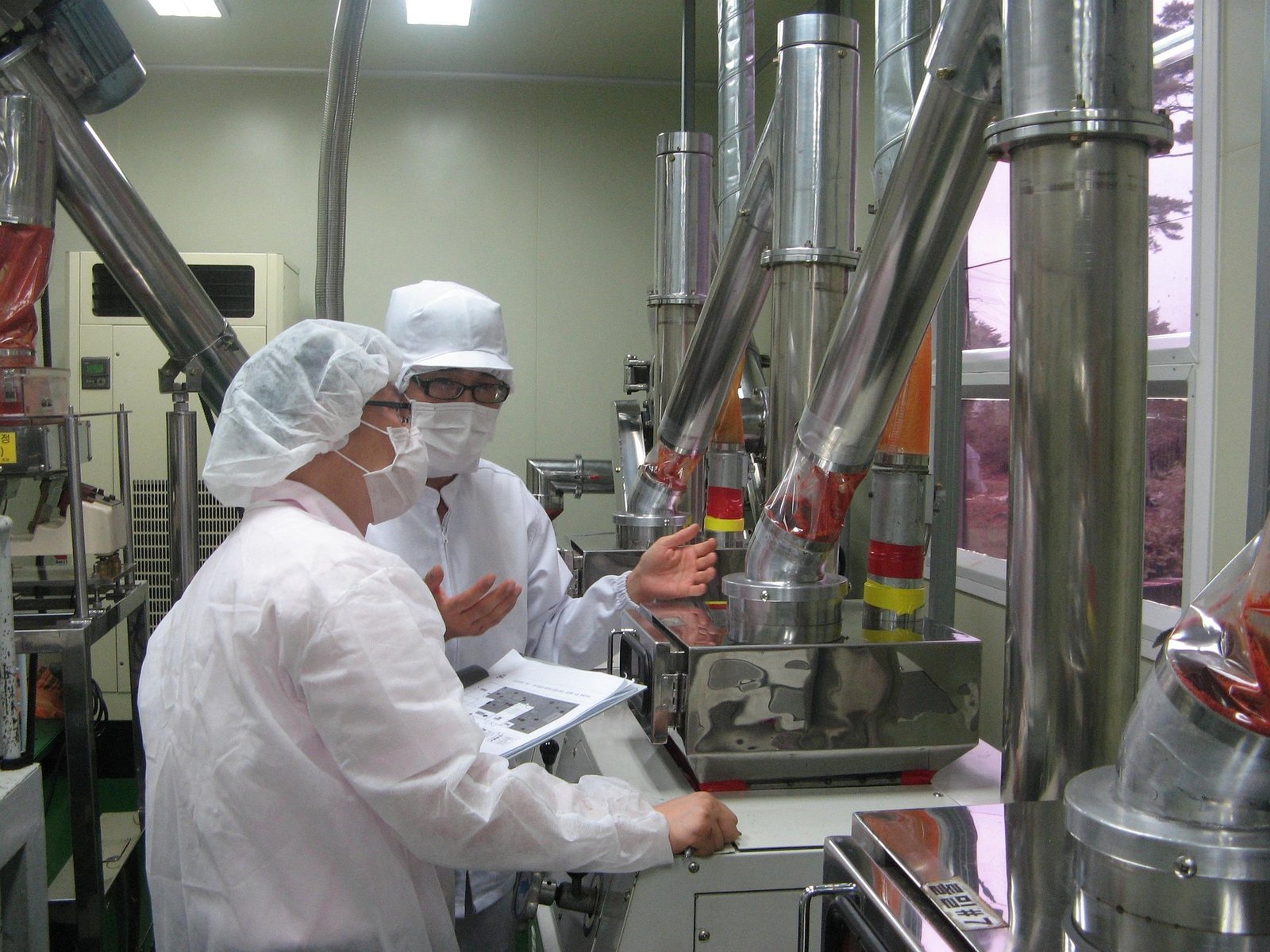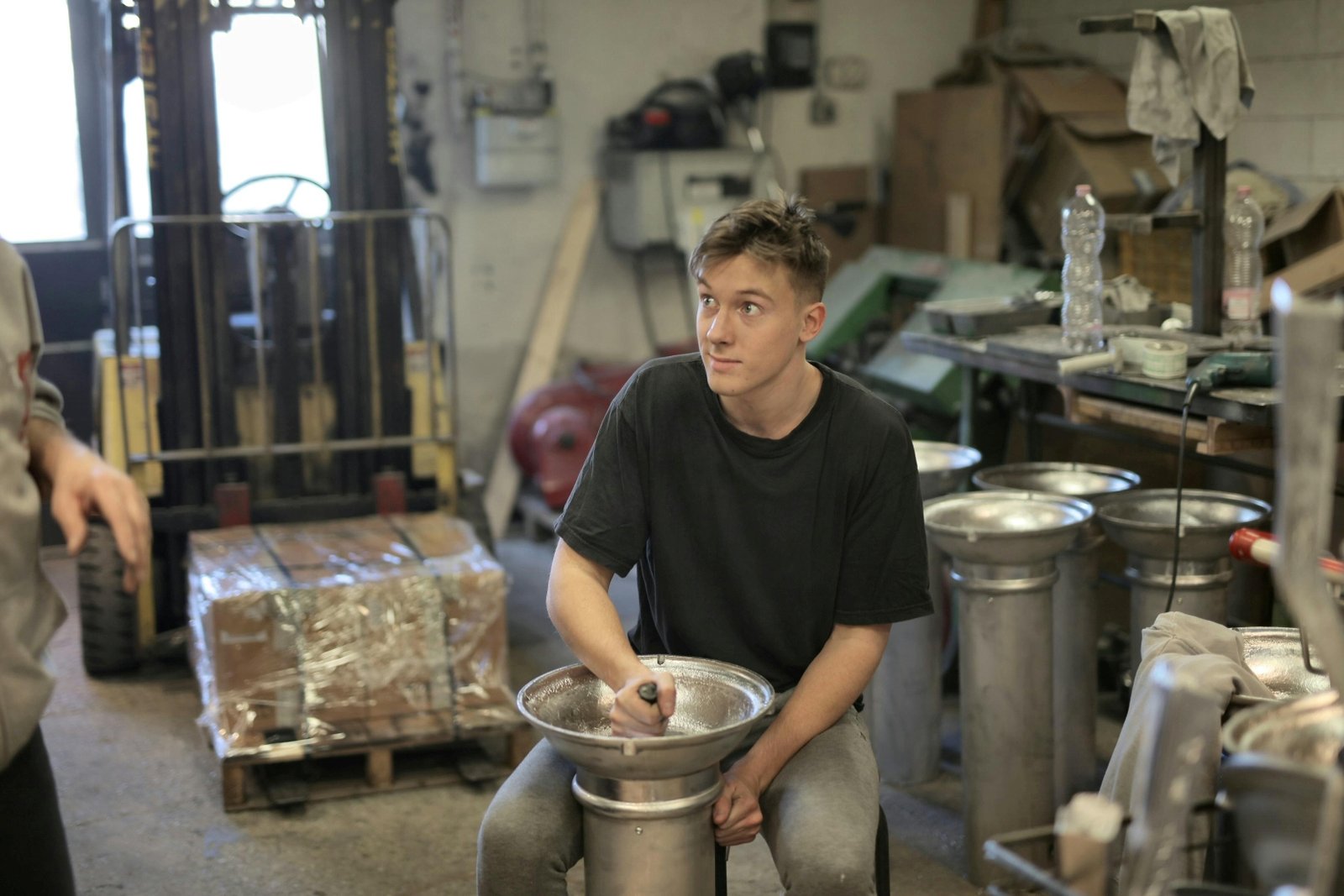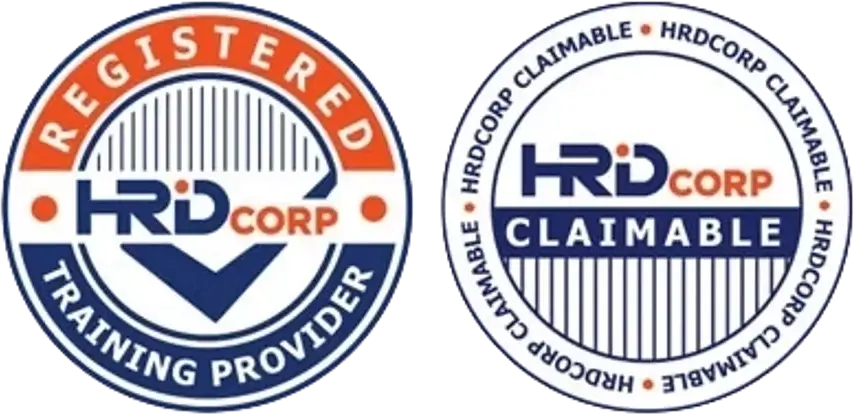How Do You Prevent Cross-Contamination in a Shared Manufacturing Facility?
Shared facilities — where different products, ingredients, or allergens are processed under the same roof — pose serious cross-contamination risks.
In industries like food, supplements, pharmaceuticals, or cosmetics, preventing cross-contamination isn’t just about safety — it’s about compliance, brand protection, and trust.
Here’s how to effectively prevent cross-contamination in shared manufacturing environments.
🛑 What Is Cross-Contamination?
Cross-contamination is the unintended transfer of physical, chemical, or biological contaminants from one product or area to another.
This can include:
-
Allergens (e.g., peanuts, gluten)
-
Microbial contaminants (e.g., Listeria, Salmonella)
-
Cleaning chemical residues
-
Foreign matter (e.g., metal, plastic)

✅ Key Strategies to Prevent Cross-Contamination (Point Form)
1. Zoning and Physical Separation
-
🧱 Separate high-risk and low-risk processing areas
-
🧭 Use colored zones for allergen vs. non-allergen handling
-
🚪 One-way product/personnel flow to avoid crossover
-
🔒 Dedicated storage for allergens and sensitive materials
2. Dedicated Equipment and Utensils
-
🍽️ Assign tools and machines by product type (color-coded)
-
🛑 Avoid using shared scoops, mixers, or scales
-
🔧 Clearly label or engrave equipment to prevent mix-ups
3. Validated Cleaning Procedures
-
🧼 Use validated wet and dry cleaning methods
-
🧪 Conduct ATP swab or allergen residue testing
-
📋 Record pre-op inspections and line clearances
-
💧 Define cleaning between product changeovers in SOPs
4. Personnel Hygiene and Movement Control
-
🧤 Different uniforms or PPE by zone
-
🧼 Mandatory handwashing and sanitization protocols
-
🚷 Restrict staff movement between incompatible zones
-
🧍♂️ Assign specific operators to specific product lines
5. Scheduling and Production Planning
-
🗓️ Produce non-allergen or low-risk items first
-
🧾 Group products by allergen profiles or categories
-
⏲️ Allow adequate cleaning time between runs
-
🧩 Keep incompatible products out of parallel production
6. Proper Labeling and Storage
-
🏷️ Clear allergen or hazard identification on labels
-
📦 Separate packaging materials for different SKUs
-
🧯 Store cleaning chemicals away from production lines
7. Air Flow and Ventilation Control
-
🌬️ Use positive/negative air pressure zones
-
🌀 Prevent dust or aerosol transfer from one area to another
-
🧹 HEPA filters for high-risk environments
8. Cross-Contamination Awareness Training
-
🧑🏫 Train staff on types and sources of contamination
-
📚 Refreshers on procedures for cleaning, labeling, and hygiene
-
🛡️ Emphasize the importance of verification, not assumption
🔍 What Auditors Will Check in Shared Facilities
-
✅ Documented risk assessment of cross-contamination
-
✅ Line clearance logs & changeover cleaning records
-
✅ Staff training records and SOP compliance
-
✅ Testing results (e.g., allergen swabs, microbial tests)
-
✅ Clearly defined product segregation plan
📌 Bonus: Common Cross-Contamination Mistakes
-
❌ Reusing cleaning tools across zones
-
❌ Scheduling high-risk and low-risk products back-to-back
-
❌ Incomplete cleaning validation
-
❌ No allergen or microbial swabbing program
-
❌ Overlapping storage of incompatible ingredients

🏭 Final Thoughts
Shared facilities are cost-effective — but they demand extra vigilance.
Cross-contamination can lead to:
-
🚨 Product recalls
-
💰 Financial losses
-
🤕 Consumer illness
-
❌ Regulatory non-compliance
The solution? Build a robust cross-contamination prevention program that is proactive, validated, and enforced daily.
📞 Need help designing allergen zoning, validation protocols, or GMP-compliant layouts for your shared facility?
CAYS Scientific offers specialized consulting for HACCP, GMP, FSSC 22000, and ISO-based systems — tailored for your production setup.
👉 Contact us to schedule your audit or risk assessment today!


